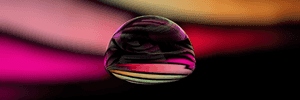- Catalogue
Our online catalogue comprises the largest media art collection in the Netherlands. Search through more than 3,500 works of art, from video-art pioneers from the 1960s to up-and-coming talents and well-known contemporary artists working with the latest technologies. New works are continuously added. The works are available for screenings, exhibitions and research.







